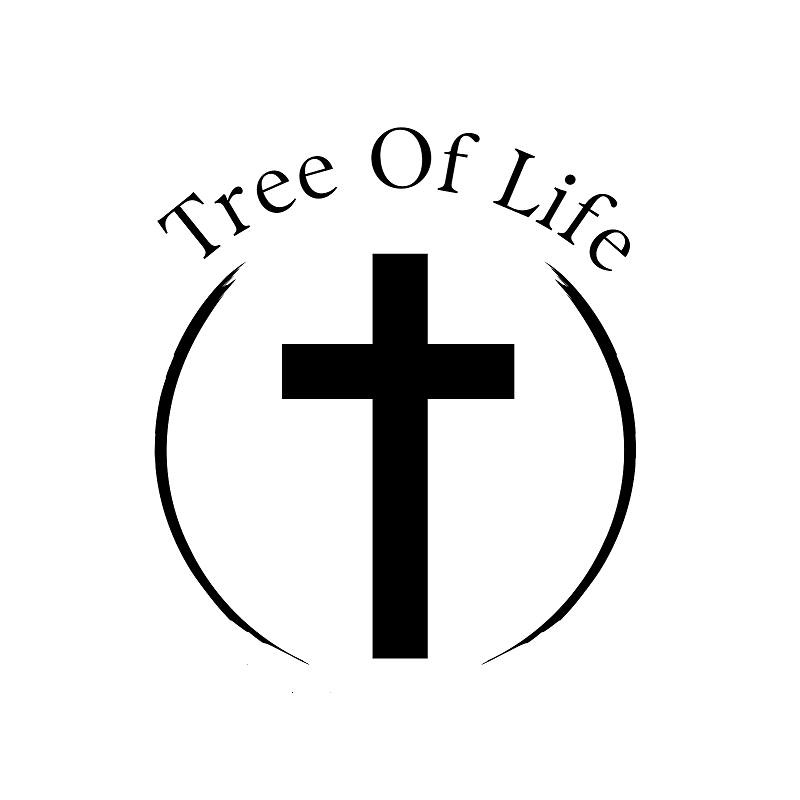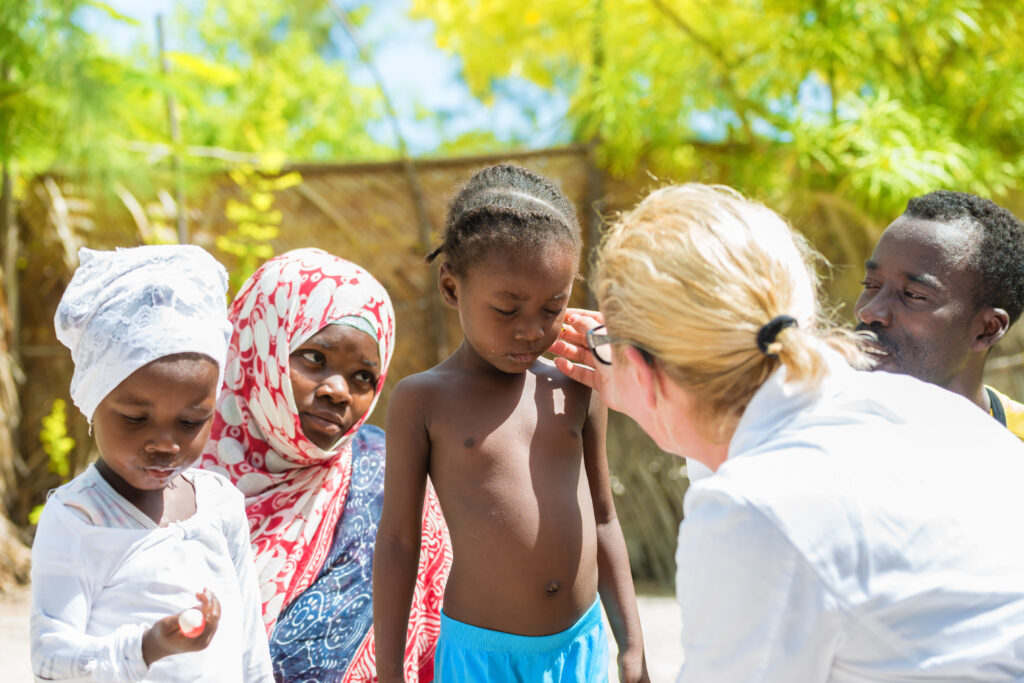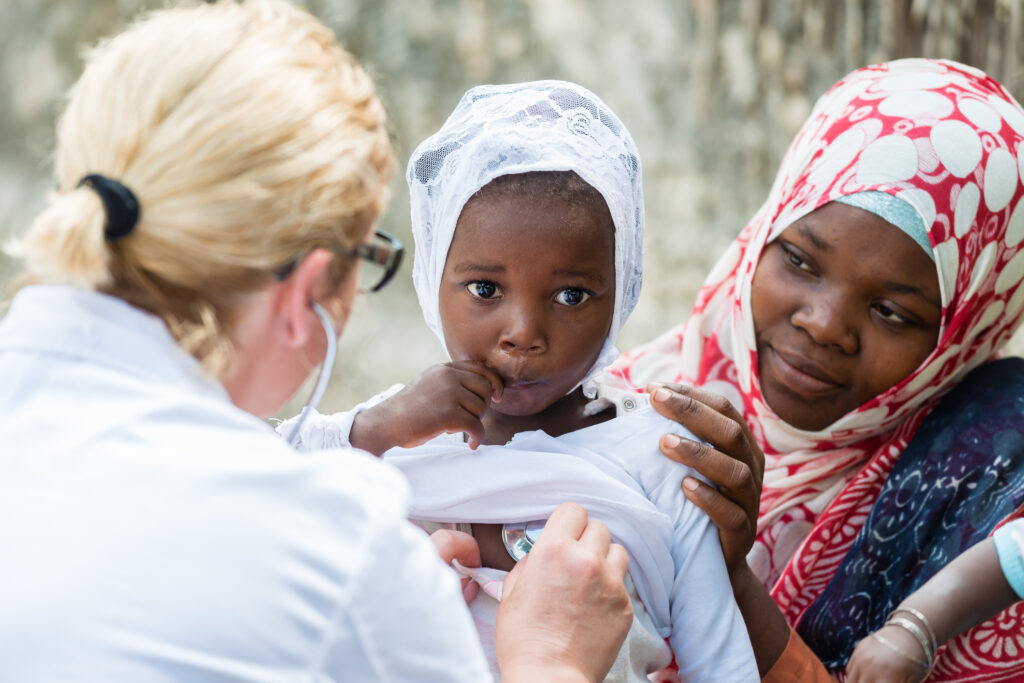Health services for mothers and children in the poorest households of developing countries are chronically underserved. In addition, pre-natal and post-natal child health services are shockingly inadequate. As followers of Jesus Christ, our purpose is to bridge the gap between poverty and quality care.
Rural children are less likely to receive preventive and curative health services. This is because of lack of access coupled with an inability to pay for services. Children can grow up in a cycle of poverty and poor health outcomes in these circumstances. Children of widows are at particular risk for malnutrition since they have less education, poor access to health services, and live in substandard conditions.


